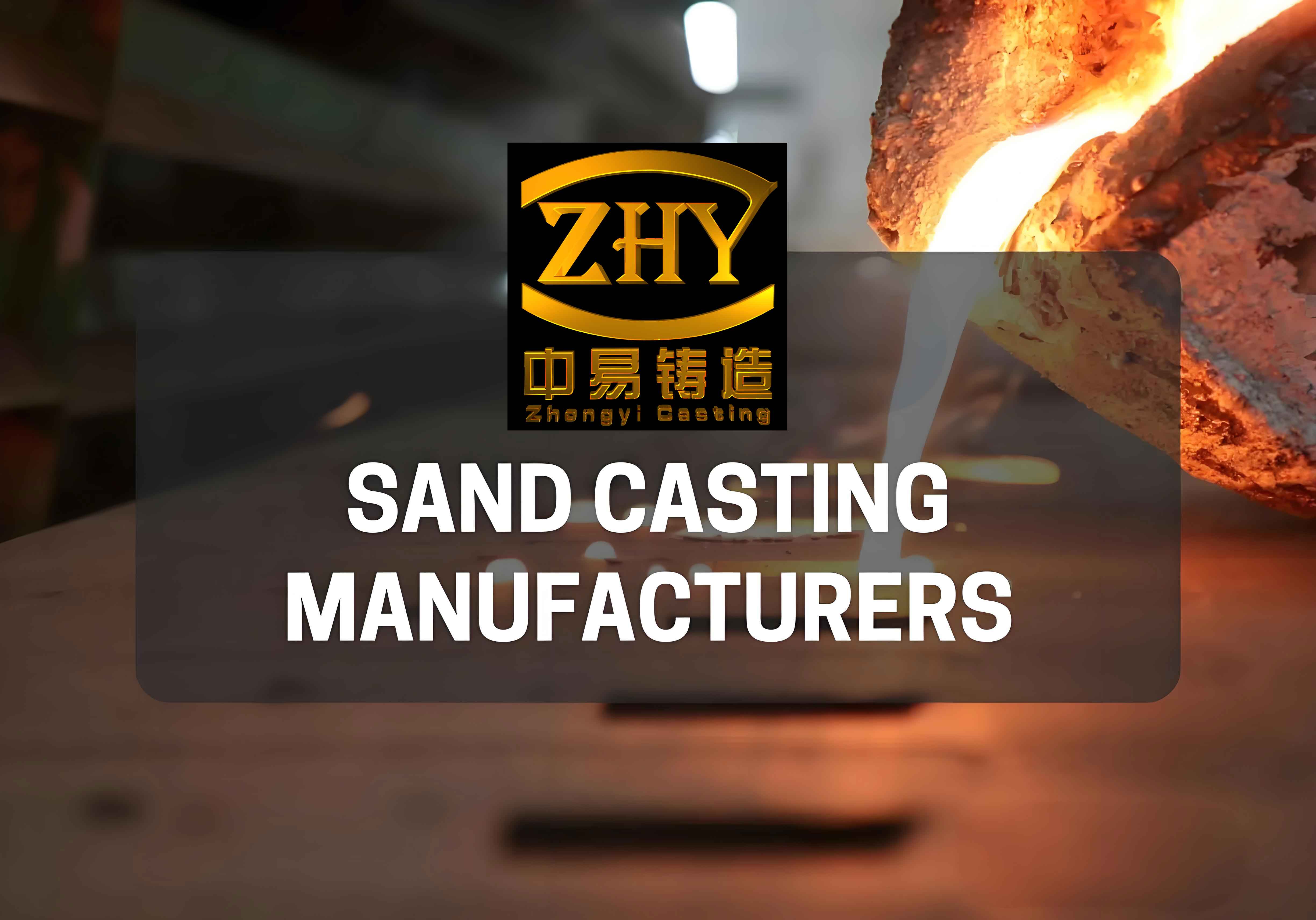
Abstract
In this study, we conducted a comprehensive numerical simulation and optimization of the sand casting process for a high-pressure steam chamber steel casting (ZG15Cr2Mo1). The structural characteristics of the component, including its thick-walled sections and complex geometry, posed significant challenges in achieving defect-free castings. Utilizing ProCAST software, we simulated the filling and solidification processes to identify shrinkage porosity and cavity defects. Initial simulations revealed critical defects in the steam chamber’s bottom thick sections and top bosses. Through systematic modifications, including the addition of risers and chills, we optimized the sand casting process, effectively eliminating shrinkage defects. This research underscores the importance of integrating simulation tools into sand casting process design to reduce trial-and-error iterations and enhance production efficiency.
1. Introduction
The high-pressure steam chamber, a critical component of steam turbines, operates under extreme conditions (565°C, 8.28 MPa) and requires exceptional mechanical integrity to ensure a 20-year service life. Traditional sand casting processes often involve iterative trial-and-error methods, leading to prolonged development cycles and material waste. To address these inefficiencies, we employed ProCAST, a finite element-based simulation tool, to optimize the sand casting process for ZG15Cr2Mo1 steel. This study focuses on:
- Analyzing the structural challenges of the steam chamber.
- Designing an initial sand casting process.
- Simulating defect formation mechanisms.
- Implementing risers and chills to mitigate shrinkage defects.
2. Casting Characteristics and Requirements
2.1 Material Properties
The steam chamber is fabricated from ZG15Cr2Mo1 alloy steel, characterized by high-temperature resistance and mechanical strength. Its chemical composition is summarized in Table 1.
Table 1: Chemical Composition of ZG15Cr2Mo1 (wt%)
| C | Mn | Si | Cr | Mo | S | P |
|---|---|---|---|---|---|---|
| ≤0.18 | 0.40–0.70 | ≤0.60 | 2.00–2.75 | 0.90–1.20 | ≤0.030 | ≤0.030 |
Key material properties include:
- Density: 7.8 g/cm³
- Liquidus temperature: 1501°C
- Linear shrinkage rate: 1.8%
2.2 Geometric Specifications
The steam chamber features intricate geometry with significant variations in wall thickness (Figure 1). Critical dimensions include:
- Overall size: 1648 mm × 620 mm × 1077 mm
- Volume: 0.251 m³
- Weight: 1957.8 kg
- Maximum wall thickness: 153 mm
- Minimum wall thickness: 30 mm
3. Sand Casting Process Design
3.1 Gating System Design
The sand casting process employed an open gating system with three evenly distributed ingates to ensure uniform metal distribution. Key parameters include:
- Pouring temperature: 1600°C
- Pouring time: 18 s
- Heat transfer coefficient (metal-mold): 750 W/(m²·K)
The gating system was designed using the following empirical formula for metal flow velocity (vLvL):vL=hc⋅N⋅n⋅veGLvL=GLhc⋅N⋅n⋅ve
Where:
- hchc = Height of casting in pouring position (620 mm)
- NN = Number of ladles (1)
- nn = Number of ladle nozzles (1)
- veve = Pouring velocity (120 kg/s)
- GLGL = Total molten metal weight (2094.846 kg)
Table 2: Gating System Parameters
| Parameter | Value |
|---|---|
| Ladle nozzle diameter | 70 mm |
| Pouring velocity | 120 kg/s |
| Calculated vLvL | 35.5 mm/s |
3.2 Mold Design
The sand casting mold utilized phenolic resin-bonded sand with high SiO₂ content (≥97%) to withstand thermal stress. Three sand cores were designed to form the internal cavities (Figure 2).
Table 3: Mold Material Properties
| Property | Specification |
|---|---|
| Sand type | Phenolic resin-bonded |
| SiO₂ content | ≥97% |
| Coating | Alumina-based spray |
4. Numerical Simulation Using ProCAST
4.1 Initial Simulation Results
The filling process showed no misruns or cold shuts, confirming the robustness of the gating design. However, severe shrinkage defects were observed in thick sections (Figure 3).
Table 4: Defect Analysis from Initial Simulation
| Defect Type | Location | Severity (%) |
|---|---|---|
| Macro-shrinkage | Bottom thick section | 93.33 |
| Micro-porosity | Top bosses | 66.67 |
| Dispersed porosity | Internal ribs | 40.00 |
4.2 Root Cause Analysis
Defects originated from:
- Thermal hotspots: Slow cooling in thick sections led to isolated liquid zones.
- Inadequate feeding: Insufficient riser volume to compensate for shrinkage.
5. Process Optimization
5.1 Riser Design
Four risers were added to critical defect zones (Figure 4). Riser dimensions were calculated using modulus method:Mriser=VAMriser=AV
Where MriserMriser = Riser modulus, VV = Volume, AA = Surface area.
Table 5: Riser Specifications
| Riser Location | Modulus (cm) | Diameter (mm) | Height (mm) |
|---|---|---|---|
| Bottom thick section | 8.2 | 150 | 200 |
| Top bosses | 6.5 | 120 | 180 |
5.2 Chill Placement
External chills were installed near thermal hotspots to accelerate cooling and promote directional solidification (Figure 5).
Table 6: Chill Parameters
| Chill Location | Material | Dimensions (mm) |
|---|---|---|
| Bottom cavity | Cast iron | 50 × 50 × 30 |
| Internal ribs | Copper | 40 × 40 × 25 |
6. Improved Simulation Results
Post-optimization simulations demonstrated a dramatic reduction in defects:
- Macro-shrinkage: Eliminated (0%)
- Micro-porosity: Reduced to 6.67%
- Total porosity: 2.71%
Table 7: Defect Comparison Before and After Optimization
| Defect Type | Initial (%) | Optimized (%) |
|---|---|---|
| Macro-shrinkage | 93.33 | 0.00 |
| Micro-porosity | 66.67 | 6.67 |
| Total porosity | 40.00 | 2.71 |
7. Conclusions
- Sand casting process design for ZG15Cr2Mo1 steam chambers requires meticulous attention to thermal management in thick sections.
- ProCAST simulations effectively identified defect-prone zones, enabling targeted optimization.
- Combining risers and chills significantly improved casting quality, reducing total porosity to 2.71%.
- This methodology demonstrates the value of integrating simulation tools into sand casting workflows for high-integrity components.
